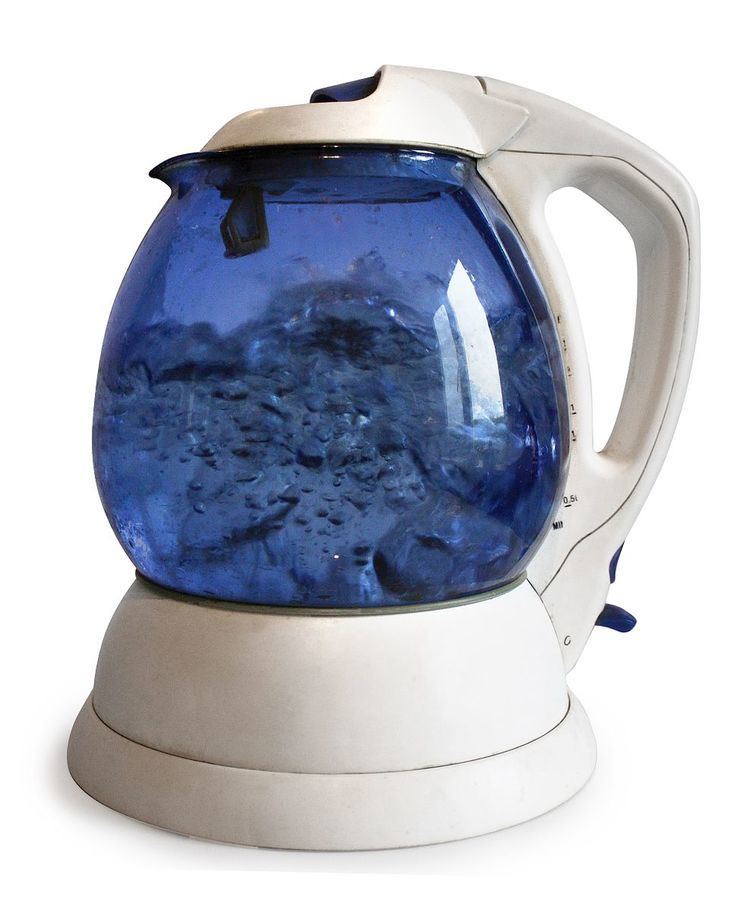 | ||
TV pickup is a term used in the United Kingdom to refer to a phenomenon that affects electricity generation and transmission networks. It often occurs when a large number of people watch the same TV programmes while taking advantage of commercial breaks to use toilets and operate electrical appliances, thus causing large synchronised surges in national electricity consumption. Electricity networks devote considerable resources to predicting and providing electricity supply for these events, which in the UK, for example, typically impose an extra demand of around 200–400 megawatts (MW) on the Grid. Short-term supply is often obtained from pumped storage reservoirs, which can be quickly brought online, backed up by the slower fossil fuel and nuclear power stations. The largest ever pickup was on 4 July 1990, when a 2.8 GW demand was imposed by the ending of the penalty shootout in the England v West Germany FIFA World Cup semi-final. In addition to pickups, the Grid also prepares for synchronised switch-offs during remembrance and energy-awareness events.
Contents
Cause
TV pickups occur during breaks in popular television programmes and are a surge in demand caused by the flushing of toilets (leading to a surge at the pumping stations) and the opening of fridge doors by millions of people. There is a common misconception that the number one driver of TV pickup is the boiling of kettles. In fact, this only creates a pull on the local network for a short period of time until the water has boiled, and can therefore be managed relatively easily, whereas flushing the toilet causes a longer surge at the water and sewerage pumping stations, and opening the refrigerator lets the chilled air escape, causing the compressor to run. These loads are more problematic.
The phenomenon is common in the UK, where individual programmes can often attract a significantly large audience share. The introduction of a wider range of TV channels is mitigating the effect, but it remains a large concern for the National Grid operators.
There are typically several large peaks in energy use caused by TV pickup during each day, dependent on TV schedules, the day of the week and weather. The largest pickup of the day is usually at 21:00, when several popular TV programmes end or go to commercial breaks. The most popular programmes, hence those giving the greatest pickup are soaps, sporting events, and reality TV. A typical TV pickup imposes an extra demand of 200–400 megawatts, with larger soap storylines bringing around 700–800 MW.
Response
A sudden increase in demand, unmatched by an increase in supply, causes a drop in the mains frequency across the Grid (locally the voltage may also be affected due to changes in reactive power flows).
The National Grid Energy Balancing Team is responsible for ensuring an adequate supply of electricity and try to ensure a frequency of between 49.5 and 50.5 Hz is maintained. To prepare for pickups the team runs a computer program that compares the current day with corresponding periods over the past five years to predict the size of demand, and studies TV schedules to anticipate demand from popular shows. Grid employees must also be familiar with popular soap-opera storylines as one might cause a sudden rise in demand. They sometimes disapprove of customers' television choices; one said in 2013, "The TV pickup from Deal or No Deal is gobsmackingly high. How sad is that?"
Sporting events like tennis matches are especially difficult because of the impossibility of predicting when one will end. International football finals are a particular problem as research has shown that 71% of people in the UK will watch them at home instead of public venues such as pubs. The Grid predicted a pickup of around 3000 MW, equivalent to 1.2 million kettles being turned on at once, if England made the later stages of the 2010 FIFA World Cup.
It is important to predict demand as precisely as possible as electricity grids are not capable of storing electricity in large quantities and all power stations have a lead-in time before generation can begin. Balancing teams attempt to meet short term fluctuations with "fast reserves" that are quick to come online, backed up with longer term fossil fuel-based "balance mechanism units". The shortest lead-in times are on pumped storage reservoirs, such as the Dinorwig power station that has the fastest response time of any pumped storage station in the world at just 12 seconds to produce 1320 MW. Once the longer term fossil fuel stations, which have response times around half an hour, and nuclear power stations, which can take even longer, come online then pumped storage stations can be turned off and the water returned to the reservoir.
Records
The largest TV pickups recorded in the UK are:
Other events can cause even bigger pickups for the National Grid than television events. Immediately following the solar eclipse of August 11, 1999 there was a record demand of 3000 MW.
The Grid also plans for the opposite effect, a co-ordinated mass switch-off of appliances. Boxing Day is consistently, according to one employee, "the lowest of the low" power usage. At midday on 5 January 2005 a three minutes silence in remembrance of the Boxing Day Tsunami resulted in a 1300 MW temporary drop in consumption followed by a sudden 1400 MW rise. Similar, though smaller, switch-offs occur annually at 11 am on Remembrance Day. These switch-offs occur during the day time, so they are smaller than pickups seen at night when more electrical appliances are likely to be in use. National Grid argued against the mass switch-off originally planned for the Live Earth and Planet Aid events as these would have resulted in highly unpredictable demands for electricity and would have generated more carbon dioxide than would have been saved. These events were subsequently cancelled.
